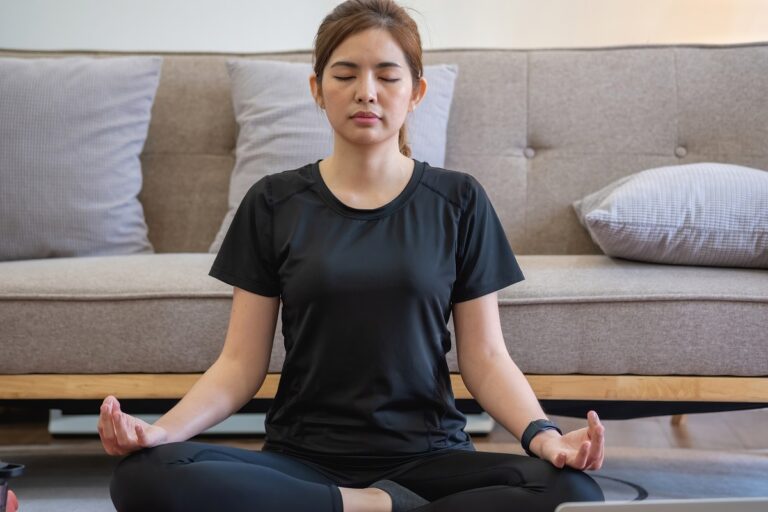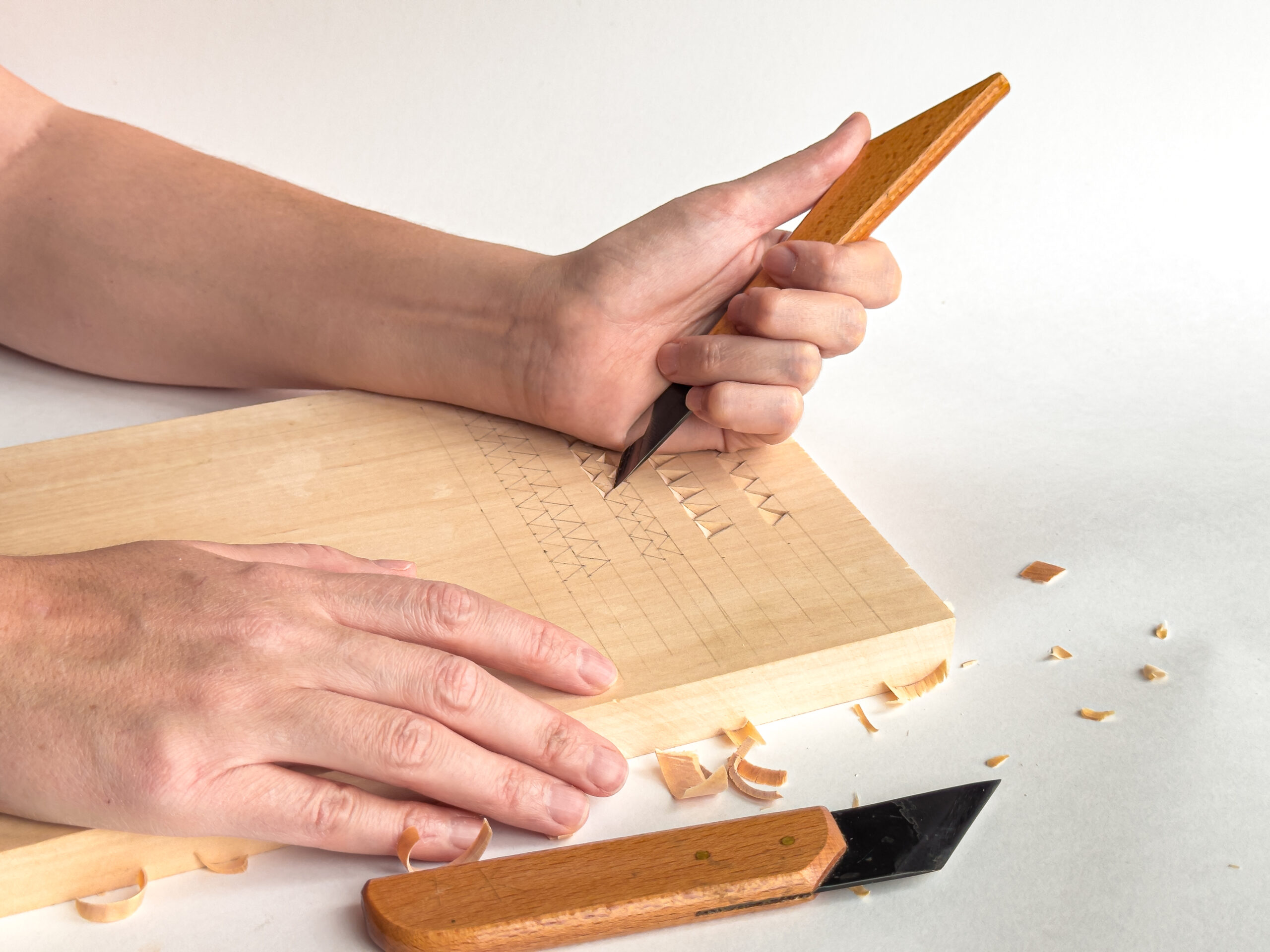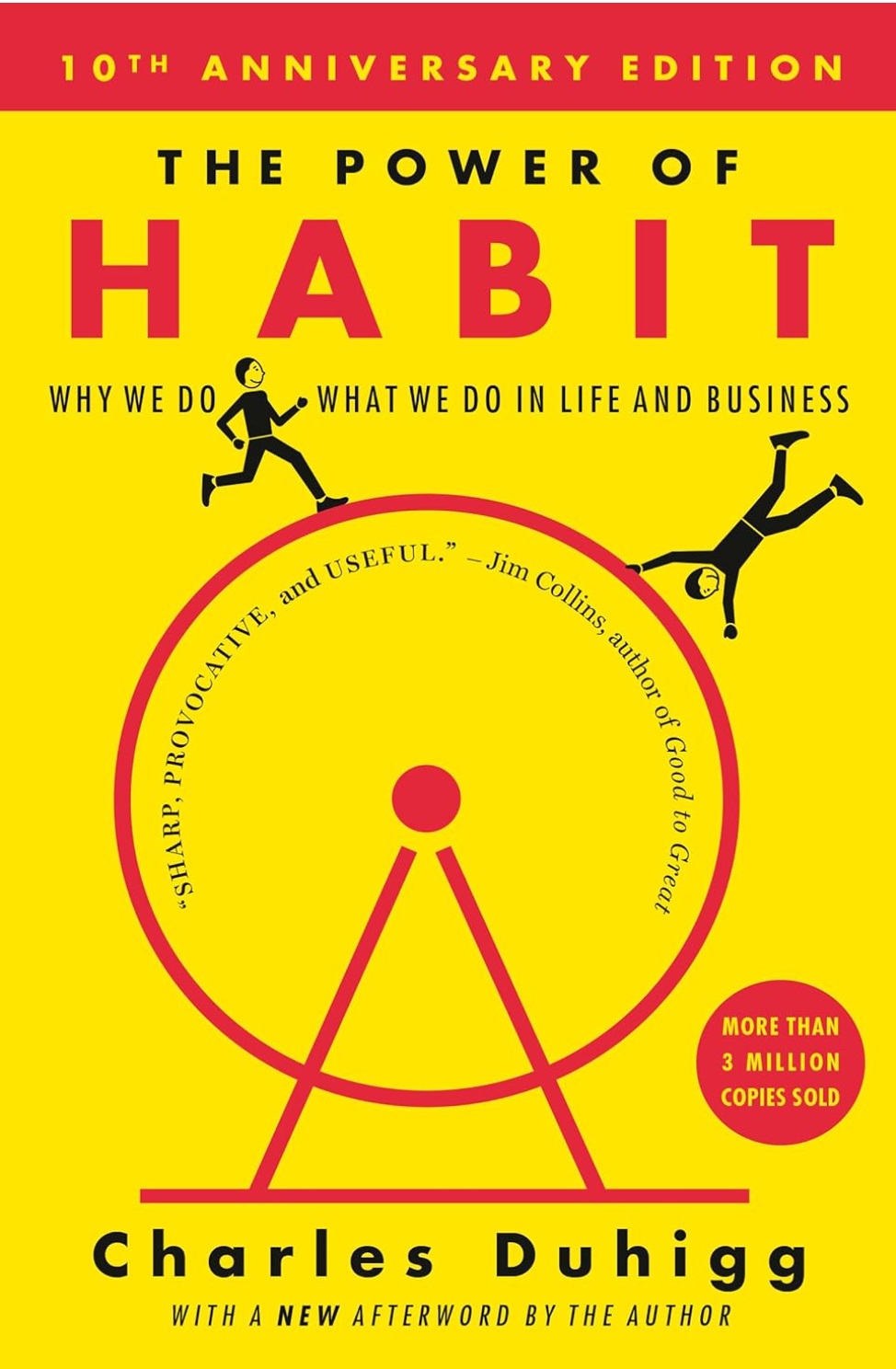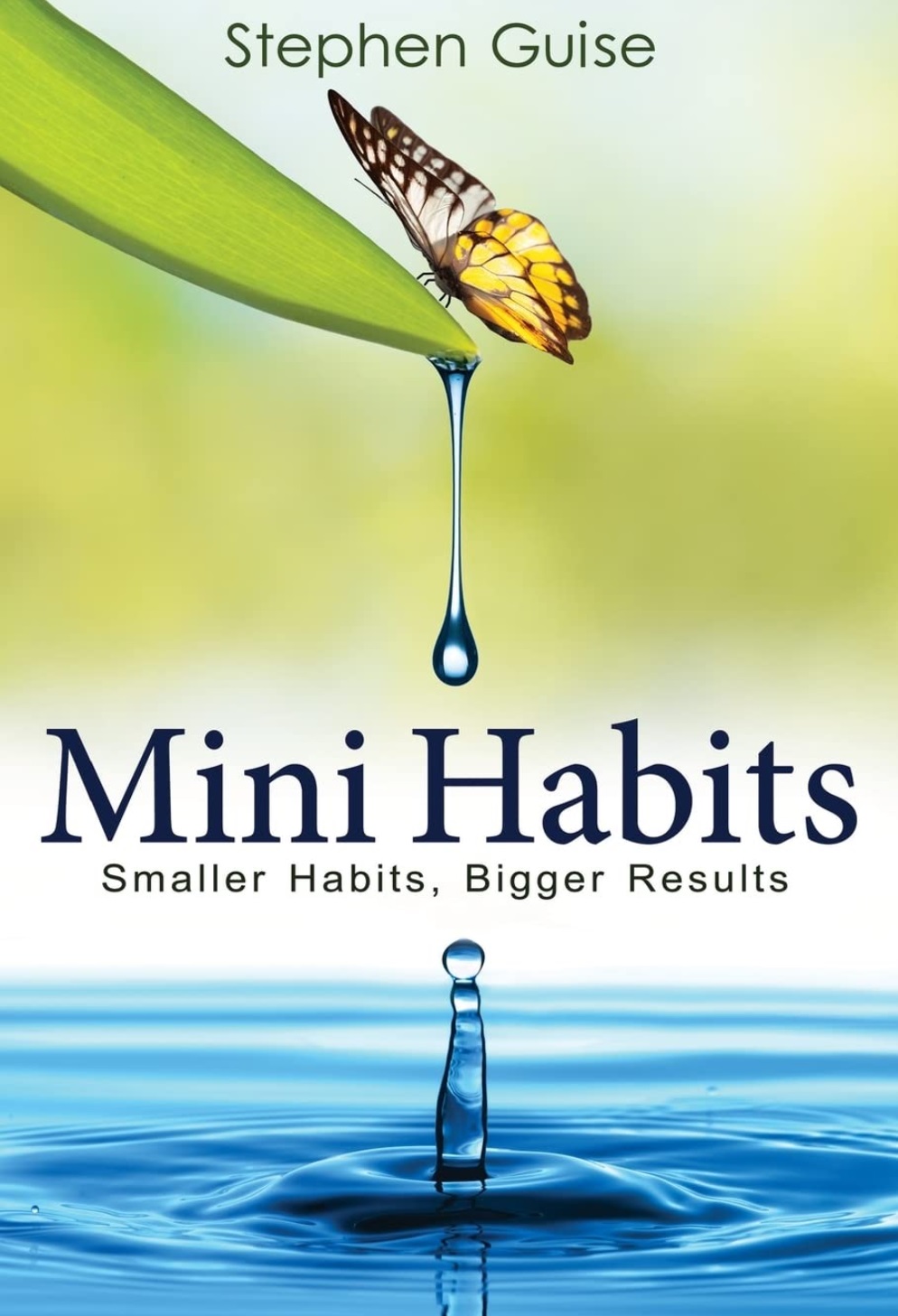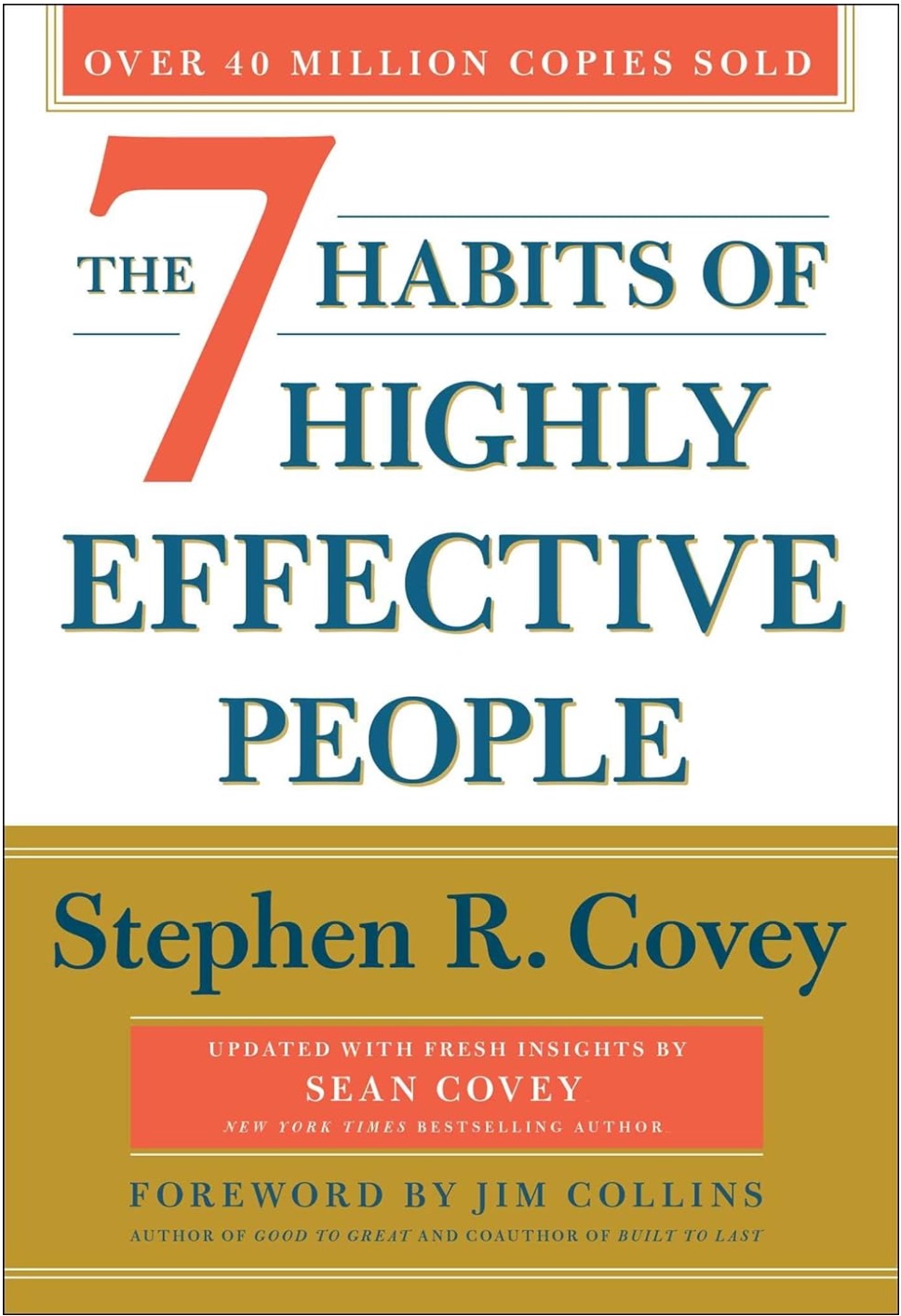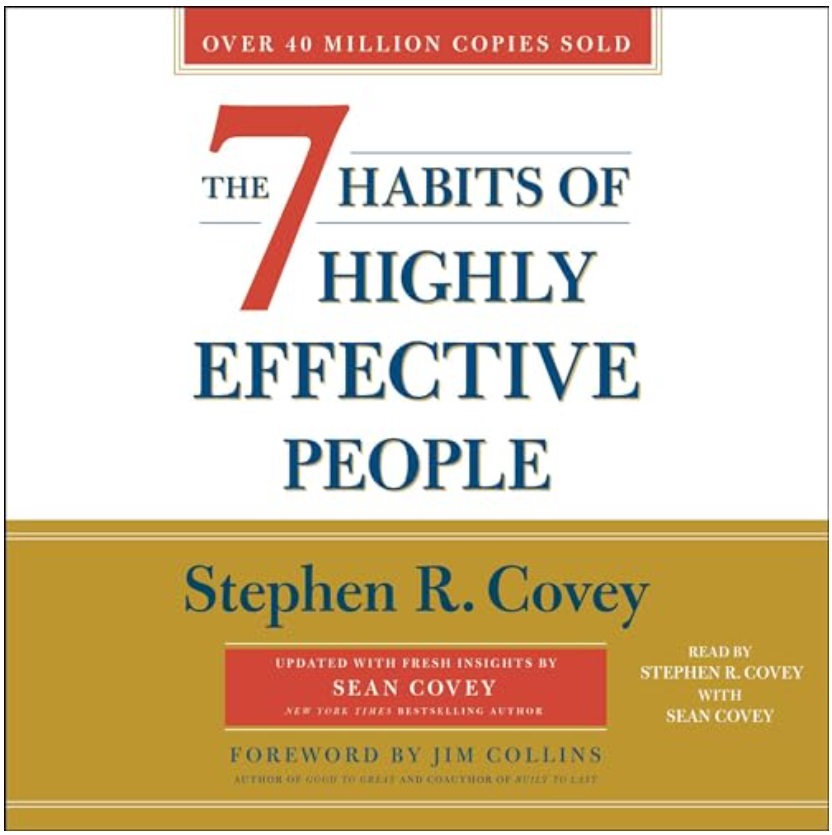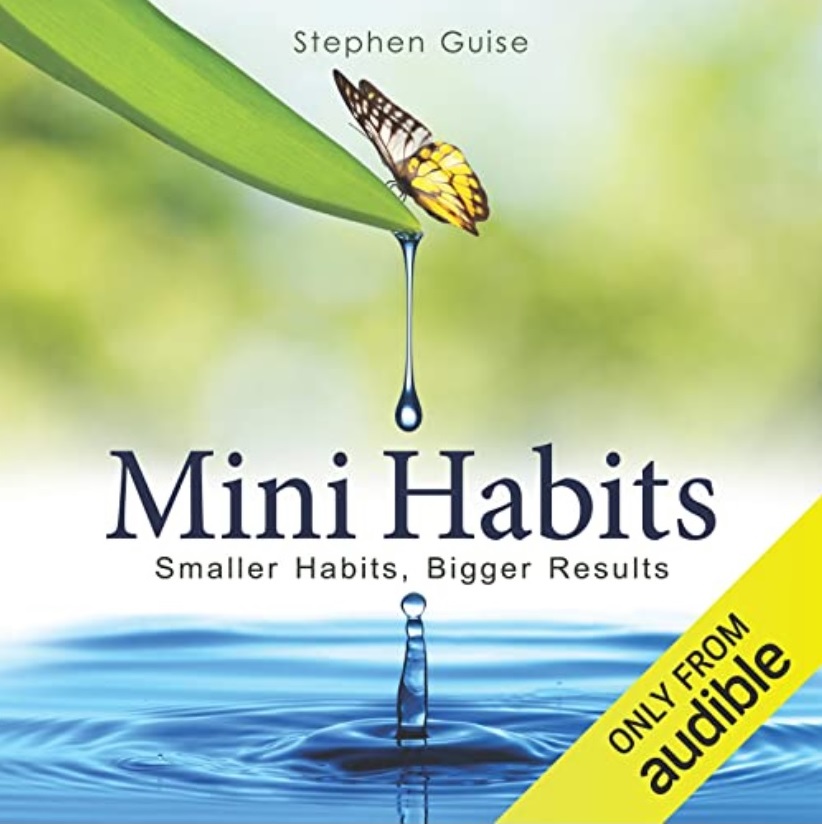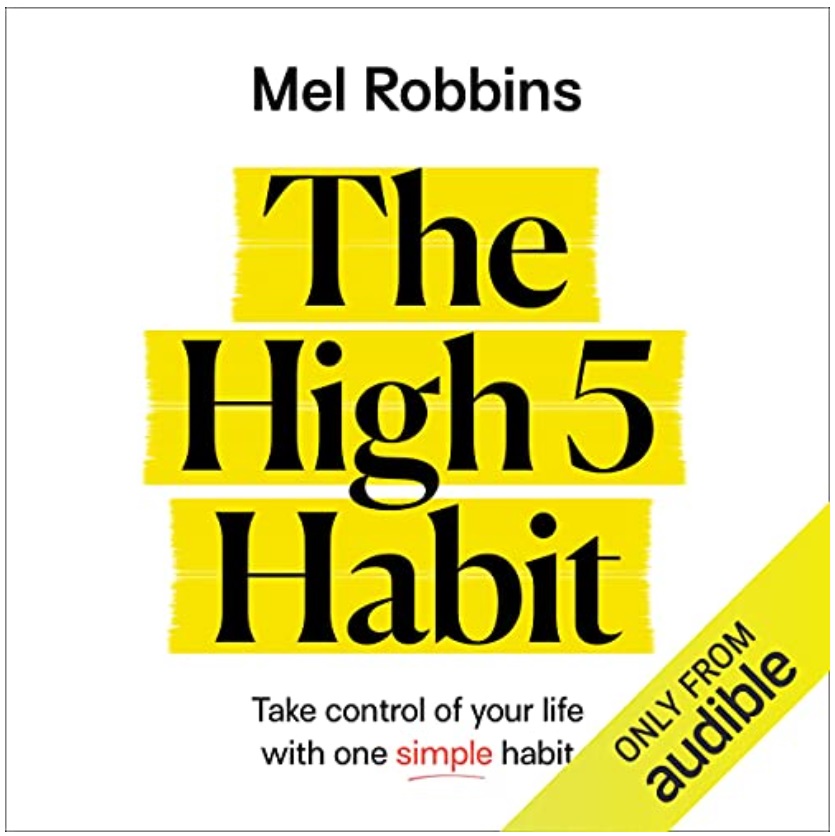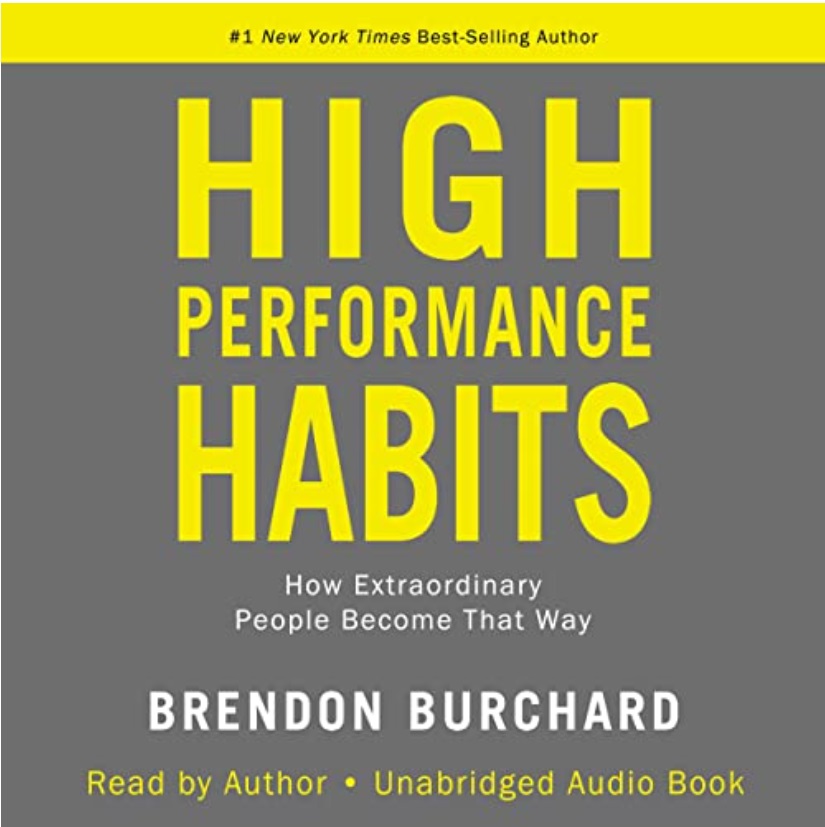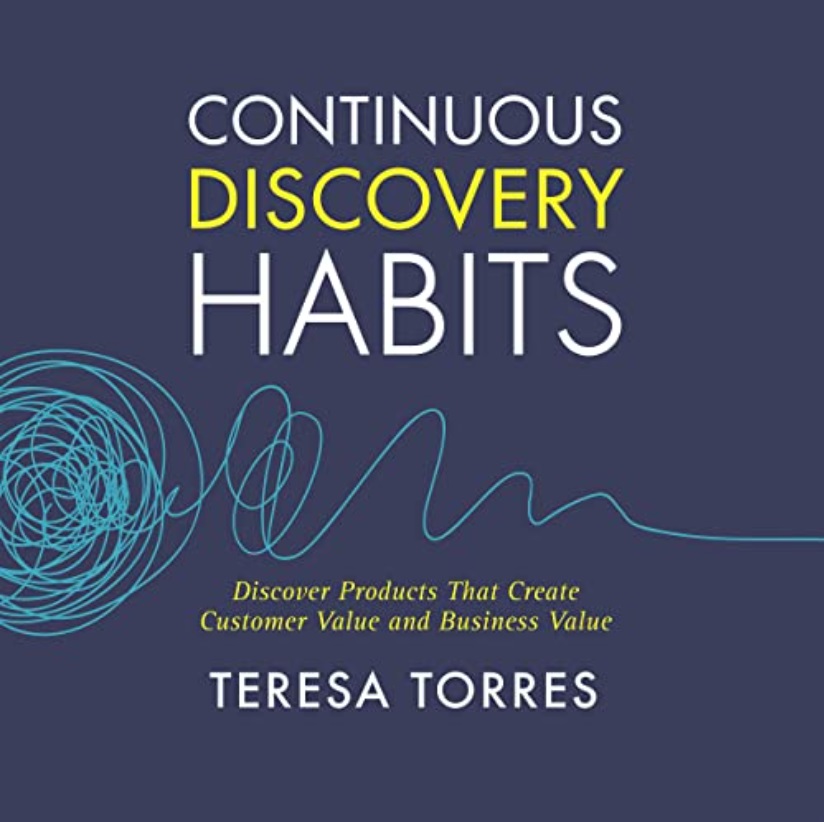- KEY POINTS
- Daily 5-minute mindful meditation improves focus, reduces stress, and enhances emotional well-being.
- Building a meditation habit boosts long-term mindfulness, creating a calmer and more present mindset.
- Simple techniques like breath awareness and body scans make meditation easy to start and maintain.
Starting a meditation practice can feel like an uphill battle, especially if your days are packed with responsibilities and endless to-do lists. I know this feeling well – I used to think that mindfulness and meditation required hours of dedication or a deep knowledge of spiritual practices. But the truth is, it doesn’t have to be complicated. A simple 5-minute meditation habit can dramatically shift your mindset and reduce stress.
In this post, I want to guide you through developing short, manageable meditation routines that can easily fit into even the busiest schedule. Whether you’re brand new to meditation or you’ve tried it before and struggled to stay consistent, I’m confident you’ll find these simple practices effective and rewarding.
Table of Contents
ToggleWhy 5-Minute Meditation Is Powerful
Before I embraced short meditation sessions, I believed that meditation was only effective if it lasted 20-30 minutes or more. But after doing research and experimenting, I discovered that even five minutes can yield incredible benefits. Why? Because mindfulness isn’t about how long you meditate – it’s about how often and how present you are during the practice.
By dedicating just five minutes a day, you can:
- Interrupt negative thought loops.
- Calm your nervous system quickly.
- Improve focus and productivity for the rest of the day.
For me, 5-minute meditations serve as a reset button, allowing me to step back from stress and return to tasks with greater clarity. The best part is that it’s achievable. Unlike longer sessions, I rarely find excuses to skip a 5-minute break, which means I stay consistent.
Creating the Right Environment
Even though it’s just five minutes, setting up a peaceful environment can make the experience more enjoyable and help you stay focused. I used to meditate wherever I happened to be, but dedicating a specific space to this practice made it easier to stay in the moment.
Choosing a Space
Pick a spot in your home that feels calm. For me, it’s a small corner by the window with a cushion on the floor. You don’t need a fancy meditation room – just a space where you feel comfortable and undisturbed.
Minimizing Distractions
I learned the hard way that it’s important to silence my phone or put it in another room during meditation. Even a single notification can break the focus and cut the session short.
Adding Personal Touches
Soft lighting, a blanket, or even a candle can make a huge difference. I love lighting incense or playing soft instrumental music because it signals to my brain that it’s time to relax.
Reflective Question: What small adjustments could you make to create a calming meditation space in your home?
Simple 5-Minute Meditation Techniques
Now that you have a space ready, let’s dive into some easy meditation techniques you can try today.
Breath Awareness
This technique involves focusing solely on your breath. I often use this when I feel overwhelmed because it helps bring me back to the present.
- Find a comfortable seat.
- Inhale deeply through your nose for a count of four.
- Hold the breath for four counts.
- Exhale slowly for four counts.
- Repeat for five minutes.
If your mind wanders (and it will), gently return your attention to your breath. I still get distracted during meditation, but the practice lies in returning to the present moment without judgment.
Body Scan
The body scan is perfect when I feel tension in my shoulders or neck. It’s a guided internal check-in that helps release physical stress.
- Close your eyes and start at the top of your head.
- Slowly shift your awareness down to your face, neck, and shoulders.
- Continue scanning down through your torso, legs, and feet.
- Notice any sensations, pain, or tightness – but don’t try to change anything.
By the time I finish the body scan, I usually feel lighter and more in tune with my body.
Mantra Repetition
Repeating a calming phrase or word helps anchor my mind. Some days I repeat the word “calm,” while other times I use affirmations like “I am at peace.”
- Sit comfortably and choose a word or short phrase.
- Repeat it silently with each inhale and exhale.
- Let the rhythm of the mantra guide your focus.
This practice is simple, yet powerful. I often use it when my thoughts are particularly chaotic because the repetition gives my mind something to latch onto.
Reflective Action: Try one of these techniques today. Which one resonated most with you?
Overcoming Common Meditation Challenges
When I first started meditating, I thought it would feel peaceful and calming from the very beginning. Instead, I found myself battling distractions, wandering thoughts, and the discomfort of sitting still. If you’ve faced similar hurdles, know that it’s completely normal. Meditation isn’t about having a perfectly still mind – it’s about noticing when your mind drifts and gently guiding it back.
Let’s explore some of the most common challenges beginners face and how to overcome them.
Restlessness and Impatience
At the start, sitting in silence for even five minutes felt uncomfortable for me. I’d get fidgety or start thinking about what I needed to do afterward. I learned that restlessness often arises because we’re used to constant stimulation.
How I Managed It
- Start with just two minutes. If five minutes feels long, begin with two or three and gradually increase the time. I built my tolerance over several weeks.
- Focus on breathing. Counting each inhale and exhale keeps the mind busy enough to prevent wandering.
- Remind yourself it’s okay to feel this way. Meditation isn’t about forcing calm – it’s about accepting the moment as it is.
Wandering Thoughts
My biggest challenge was dealing with a racing mind. I’d sit down to meditate, and within seconds, I’d remember emails I forgot to send or groceries I needed to buy.
What Helped Me
- Label thoughts gently. When my mind wandered, I labeled it “thinking” and redirected focus to my breath. This small act stopped me from spiraling further.
- Use guided meditations. Listening to someone’s voice during meditation helped me stay present. I often turned to apps like Insight Timer or Calm for 5-minute guided sessions.
- Be compassionate with yourself. Wandering is part of the process. Each time you return to the present, you’re strengthening your mindfulness muscle.
Physical Discomfort
I used to think I had to sit cross-legged on the floor to meditate. After a few sessions of sore knees and a stiff back, I realized comfort is key.
How I Addressed It
- Sit in a chair. Sometimes, I meditate while sitting upright in a chair, with my feet flat on the ground. It’s just as effective.
- Use cushions or props. A folded blanket under my hips made sitting on the floor more comfortable.
- Adjust posture regularly. If I feel discomfort halfway through, I gently adjust without judgment. Meditation is about presence, not rigid stillness.
Reflective Question: What challenges have you encountered when trying to meditate? Which of these solutions might work for you?
Incorporating 5-Minute Meditations into Your Day
One of the reasons I love 5-minute meditations is their flexibility. Unlike hour-long sessions, I can easily fit them into my day – whether it’s first thing in the morning, during a lunch break, or right before bed. I find that anchoring meditation to existing habits helps me stay consistent.
Morning Routine
Starting my day with a brief meditation sets a positive tone. Before I reach for my phone, I take five minutes to sit quietly. It helps me transition from sleep to wakefulness without rushing into the day.
- Pair it with morning coffee or tea. While waiting for my coffee to brew, I take a few deep breaths and meditate for five minutes.
- Keep it bedside. I keep a meditation cushion by my bed to remind me to sit for a few moments each morning.
Midday Pause
When the afternoon slump hits, I use meditation as a reset. I close my laptop, step away from work, and spend five minutes focusing on my breath. It refreshes my mind and helps me return to tasks with renewed energy.
- Set a reminder. I have a recurring alarm on my phone at 2 PM labeled “Breathe.” It prompts me to take a break.
- Walk and meditate. Sometimes, I combine walking with mindfulness by paying attention to each step and the sensation of moving.
Evening Wind-Down
Ending the day with meditation helps me sleep better. After brushing my teeth, I sit quietly and let go of the day’s stress.
- Use it to transition to sleep. I find 5-minute body scans particularly helpful at night.
- Focus on gratitude. I often reflect on three things I’m grateful for as part of my evening meditation. It shifts my mindset to positivity before bed.
Reflective Action: Consider where in your day you can carve out five minutes for meditation. What part of your routine could easily accommodate this habit?
Deepening Your Meditation Practice Over Time
As I grew more comfortable with 5-minute meditations, I began noticing subtle but powerful changes in my day-to-day life. I felt calmer, less reactive, and more grounded.
Meditation slowly shifted from being something I “had to do” to a natural part of my daily rhythm. If you’re finding value in your short sessions, you might be wondering how to deepen your practice.
The good news is, expanding your meditation journey doesn’t mean committing to hour-long retreats or drastic changes. Small, intentional steps can lead to significant growth.
Building Consistency
Consistency has been the most important factor in strengthening my meditation practice. It’s not about how long I meditate but how often I return to it. I realized that by showing up daily – even for five minutes – I cultivated a sense of inner steadiness.
Strategies for Staying Consistent
- Track your progress. I used a simple calendar to check off the days I meditated. Seeing the streak build was incredibly motivating.
- Create a dedicated space. I set up a small corner in my room with a cushion and candle. This space became a visual reminder of my commitment.
- Treat it like brushing your teeth. I tell myself meditation is non-negotiable, just like personal hygiene. It’s part of taking care of my mental health.
Exploring Different Techniques
I initially stuck to basic breath awareness, but over time, I started exploring different types of meditation. Each technique offered unique benefits and kept my practice fresh.
Types of Meditation to Try
- Body scan meditation. This involves mentally scanning the body from head to toe, releasing tension in each area. I find this especially helpful in the evening.
- Loving-kindness meditation. In this practice, I focus on sending goodwill and compassion to myself and others. It boosts my mood and fosters connection.
- Visualization. Sometimes, I visualize a peaceful place, like a beach or forest. Imagining myself there helps reduce anxiety and promote relaxation.
Reflective Action: Consider trying one new meditation technique this week. What type of meditation interests you the most?
Reflecting on the Benefits of Meditation
One of the most rewarding parts of my meditation journey has been reflecting on how far I’ve come. I didn’t realize how much meditation had impacted me until I noticed small changes – like pausing before responding to stressful situations or feeling more patient with loved ones.
Improved Focus and Clarity
I used to feel scattered and overwhelmed by my to-do list. But with regular meditation, I noticed that my focus improved. I could approach tasks with greater clarity, making me more productive and efficient.
Enhanced Emotional Regulation
Meditation helped me become less reactive. When something frustrating happened, I found I could take a deep breath and respond thoughtfully instead of impulsively. This shift improved my relationships and reduced unnecessary stress.
Increased Self-Compassion
Through meditation, I developed a kinder inner dialogue. When I made mistakes, I no longer beat myself up. Instead, I offered myself the same compassion I would give to a friend.
Reflective Question: How has meditation impacted your life so far? In what areas do you notice the most growth?
Overcoming Plateaus and Staying Inspired
Even with the best intentions, there were times when I hit a plateau. I found myself going through the motions without feeling the same level of peace or insight. If you find yourself in a similar spot, it’s important to remember that plateaus are normal – and temporary.
Reignite Your Practice
- Return to your “why.” I revisited why I started meditating in the first place. Reflecting on the initial spark of curiosity reignited my passion.
- Join a community. I joined local meditation groups and online forums. Practicing alongside others gave me a sense of accountability.
- Try guided challenges. I signed up for 10-day meditation challenges through apps, which provided structure and motivation.
Reflective Action: Think about what first drew you to meditation. How can you reconnect with that feeling today?
Some Takeaways
Meditation isn’t about achieving perfection or eliminating all thoughts. It’s about creating space to meet yourself exactly where you are. For me, the journey has been transformative – not because I’ve mastered meditation, but because I’ve learned to embrace the process, imperfections and all.
If you’re new to meditation, start small. Five minutes may not seem like much, but it’s enough to create a ripple effect throughout your day. Over time, those ripples build into lasting change.
As you continue your mindfulness journey, remember to be patient with yourself. Growth isn’t linear, and every session – even the challenging ones – contributes to your overall well-being.
I’d love to hear about your experience. How has meditation shaped your life so far? What small habit are you planning to incorporate this week?
If you’re ready to dive deeper, why not set aside five minutes right now? Breathe, relax, and begin.

